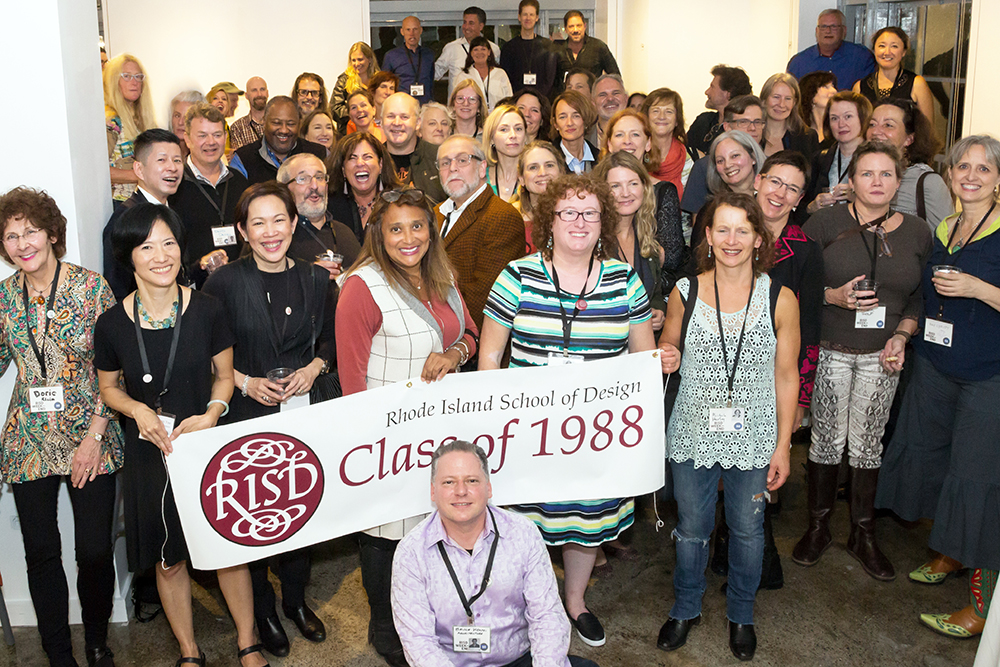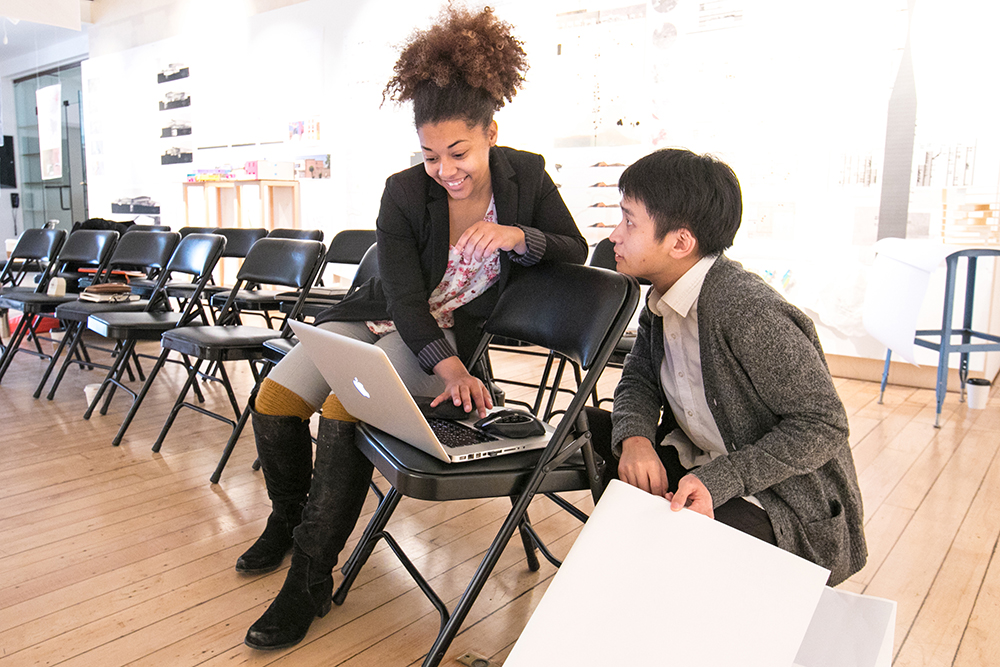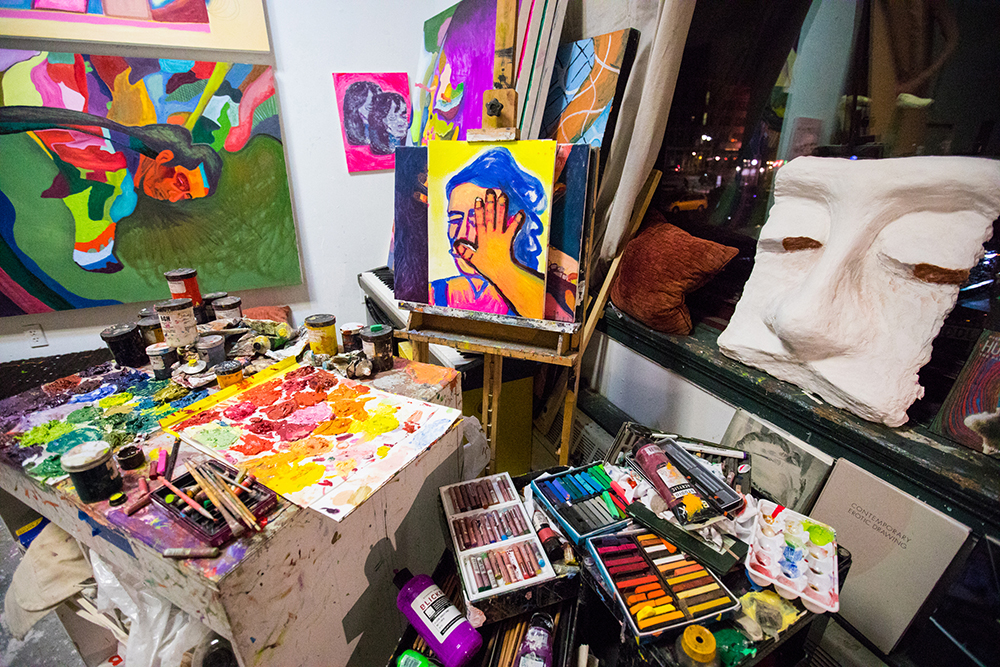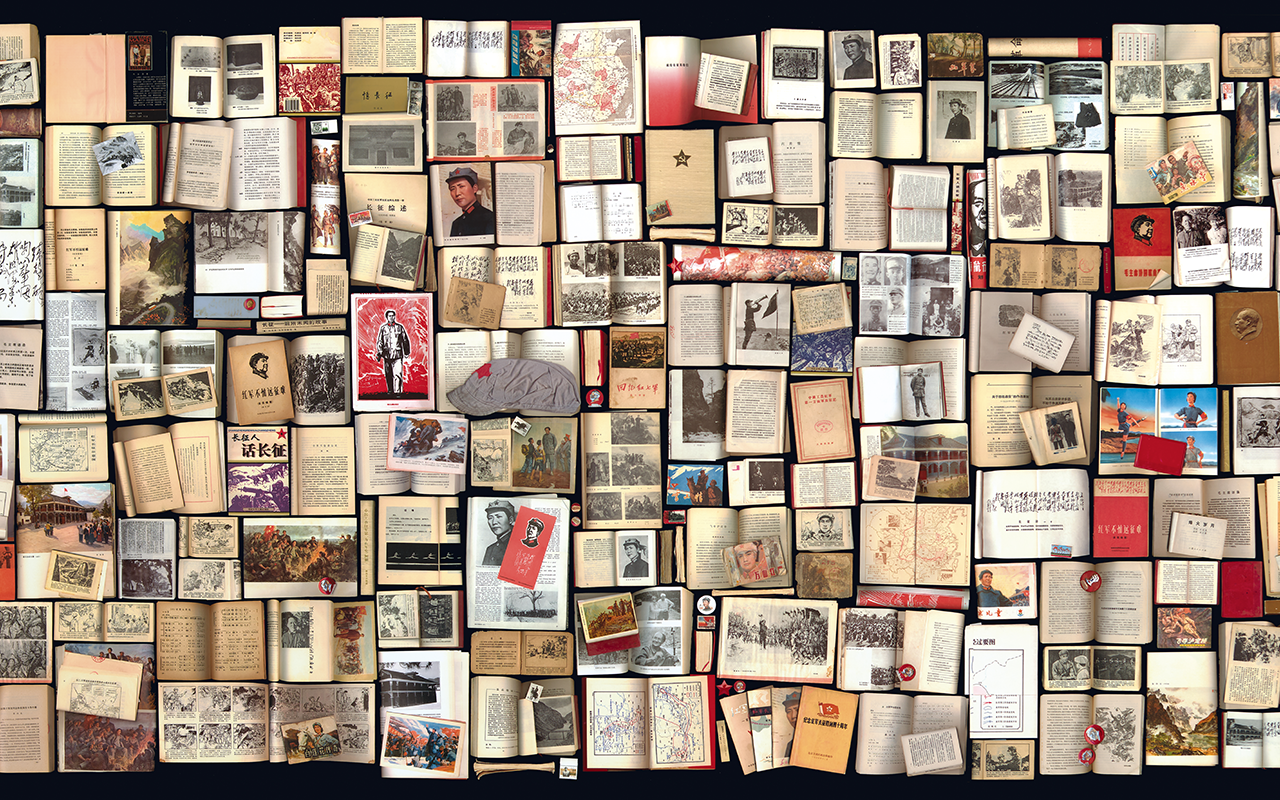
Collection Catalysts
Transformative gifts shape the RISD Museum’s collection, legacy and future.
Throughout its nearly 150-year history, the RISD Museum has been fortunate to receive transformative gifts that have expanded the museum’s narrative of art, broadened its representation of various mediums and deepened learning opportunities. By connecting the museum’s holdings with the greater arc of artistic and historical movements, these collection catalysts heighten the experiences of visitors and artists. At times, a gift of a single work can leave a lasting impression. One such gift helped the RISD Museum establish itself as a true destination. In 1958, American philanthropist and Rhode Island native Edith Stuyvesant Vanderbilt Gerry bequeathed Édouard Manet’s stunning Le Repos (Repose) to the museum. Her first husband, George Washington Vanderbilt II, had been one of Manet’s earliest American collectors. Gerry, who later married Rhode Island Senator Peter Gerry, recognized the museum’s significance to Providence and greater New England and bequeathed Le Repos to RISD upon her passing. It is now one of the most renowned works in the collection.
There are a near-countless number of monumental, single gifts of art like this one, each with its own stories—of the artist, of the work, of the donor. Works like Claude Monet’s groundbreaking A Walk in the Meadows at Argenteuil, a bequest from Houghton P. Metcalf, Jr. HD 96; Lippo di Benivieni’s historic Madonna Enthroned, with Saints and Angels, donated by Ambassador J. William Middendorf II; and Bayard and Harriet K. Ewing’s gift of Joan Mitchell’s pivotal painting Mooring all speak in some way to the donors’ commitment to the RISD Museum. Each of these works also changed the collection.
The museum has also been the beneficiary of remarkable gifts encompassing multiple works. In the past five years alone, several generous donors have gifted collections that have changed the experience the museum offers. These donors, who have thoughtfully built their personal collections, often over decades, chose the RISD Museum knowing it’s a place where art, history and education intersect, and where curators will expertly manage and exhibit these consequential works. Some were drawn to the RISD Museum for its proximity to students and faculty and how the works will be accessed and studied; others chose the museum for its regional impact or its legacy with a certain medium. “Whatever the reason a donor has for choosing RISD, it’s an honor and a truly special moment when the museum can accept and serve as the steward to these incredible gifts,” says RISD Museum Director Tsugumi Maki.
Larry Warsh: Expanding the Collection’s Global Reach
One of the most significant recent collection gifts came from Larry Warsh, whose donation of contemporary Chinese photographs reshaped the museum’s holdings across the Asian Art and Prints, Drawings, and Photographs departments. Prior to this gift, RISD had almost no representation of contemporary Chinese photography. Warsh, a collector with a keen eye for work that would become historically significant, began focusing on photography produced in the 1980s and 1990s after a visit to China in 2004. These photographs from his collection represent the diverse visions and views of a generation of artists exploring different mediums and modes of expression. Warsh’s gift increases the representation of contemporary Asian works, as well as broadens the photography collection at the RISD Museum.
“This gift isn’t just about the individual pieces; it’s about how they fit into the larger narrative of art history and how they’re used in education,” explains Conor Moynihan, associate curator of prints, drawings, and photographs. “This collection was pivotal to RISD and offers students the chance to work directly with rare, contemporary works.”
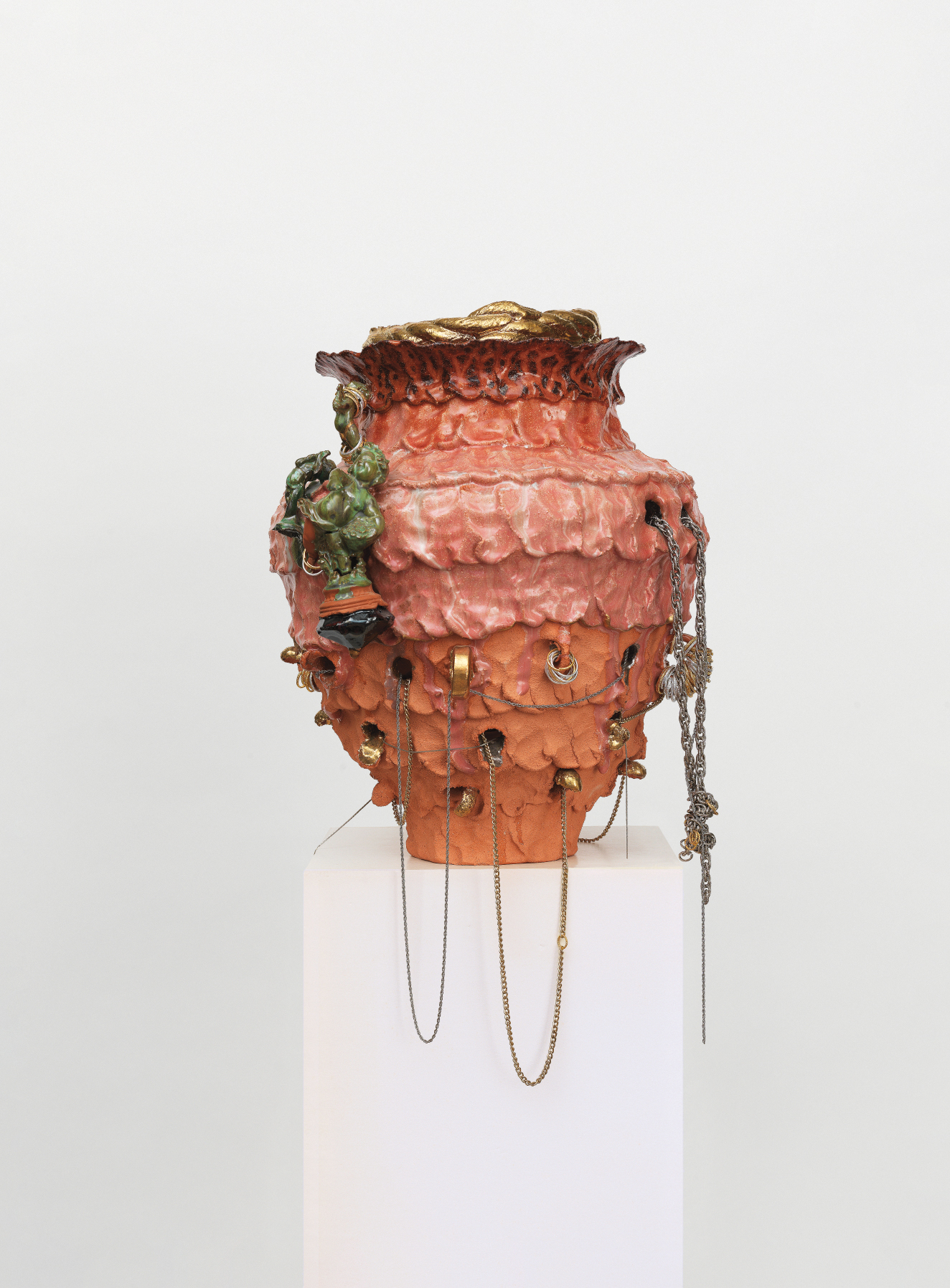
Hope and Mel Barkan: Ceramics That Redefine a Medium
Ceramics, a discipline with deep roots at RISD, also benefited from a truly transformative gift by Hope and Mel Barkan that speaks to the history of the medium and its contemporary evolution. The Barkan Ceramic Collection is extraordinary not only because of its range of artists but also because it redefines the way ceramics can be presented at the museum. Spanning seven decades of contemporary ceramics, the works reflect diverse artistic practices, cultural identities and global perspectives, and also highlight how ceramics—whether functional or sculptural— foster collaboration and dialogue, both within the ceramics community and beyond.
These works significantly expand the ceramics collection and provide a unique opportunity for students and visitors to explore the medium in ways that were previously unavailable. But what makes the Barkans’ donation particularly meaningful is the thoughtfulness behind it—the collection was carefully curated by the couple to underscore the intercon- nectedness of art and the ongoing impact of those who create, collect and pass on their knowledge and passion. Their mission, they say, “has been for ceramics to be appreciated as sculpture, and not as craft.”
“Every piece in our collection has a story,” says Hope Barkan. “Either how we bought it, where we bought it, who we bought it from, and so on. It’s how the pieces become very personal.”
Jolie Stahl: A Personal Commitment to Artists and Education
Jolie Stahl’s donation exemplifies how a gift can expand a collection and reshape the perspectives of artists, students and curators alike. The gifted works showcase the social and political complexities of 20th-century art and design, raising questions about art as a tool for social reform and highlighting the dynamic ways art, craft and design converge. As an artist herself, Stahl’s commitment to those pursuing careers in the field, from painters, sculptors and designers to gallery owners, curators and collectors, is both purposeful and palpable in the pieces she chose. Having collected—and now gifted to the museum—thought-provoking art by fully engaged artists like Bob Thompson and Rosemarie Beck, among many others, Stahl makes available compelling works that expand an artist’s exposure or represent the first pieces by an artist to be collected by a museum.
The broad selection of works in the Stahl collection, which includes paintings, sculptures, textiles, prints, drawings and photographs, will serve as a vital interdisciplinary resource for RISD students and faculty, the broader art community and the general public.
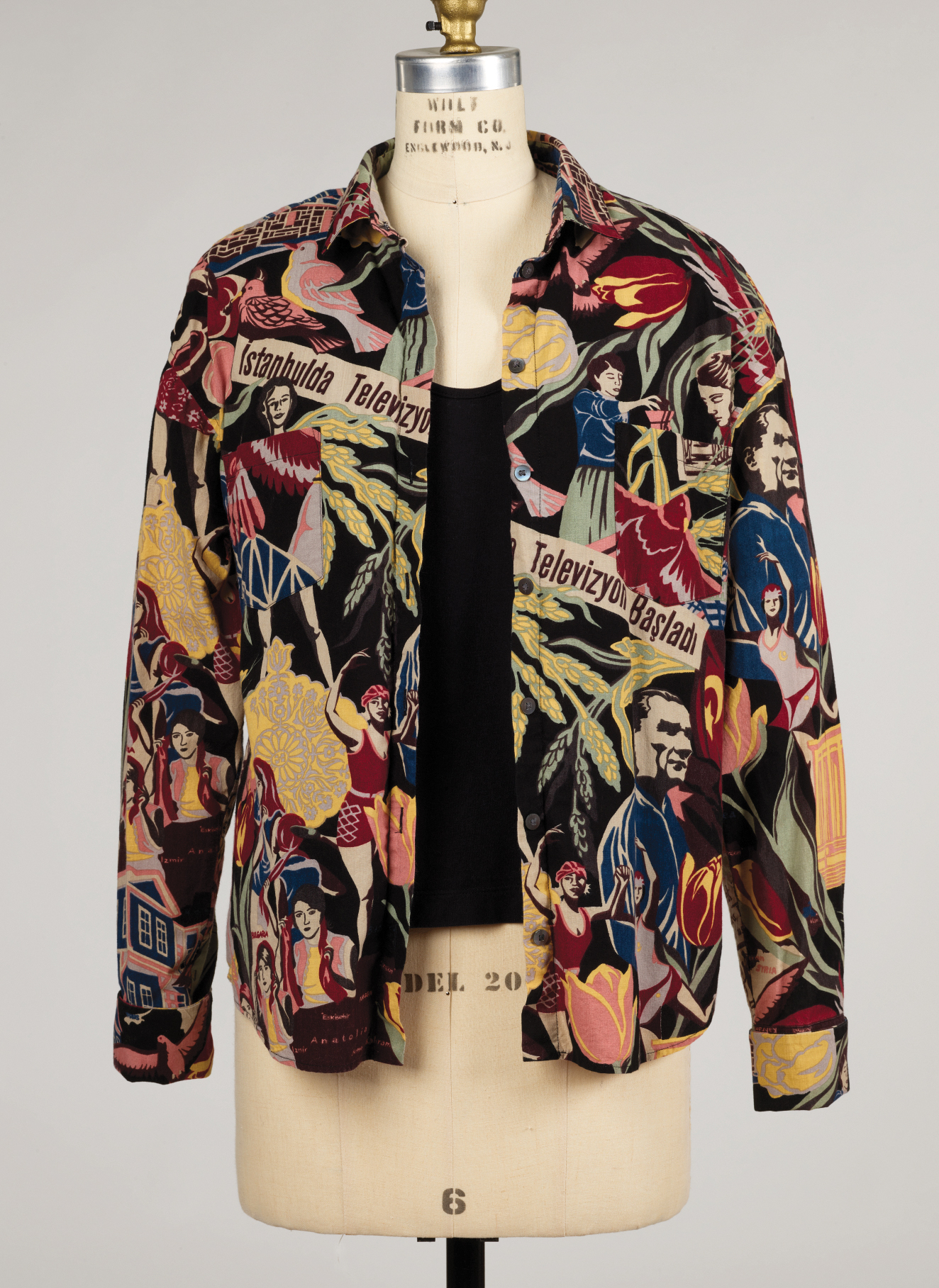
Whenever a collection is entrusted to the museum, curators collaborate with donors to honor their original vision, allowing it to grow and evolve within the museum’s larger framework. Through exhibitions and research, the curatorial staff interpret and showcase the significance of these donations. The museum serves as both a trusted home for the collections and a place where the public can appreci- ate and engage with them. And the relationship between a donor and the museum doesn’t end with the donation. Curators maintain ongoing dialogue, sharing updates and images of works when they’re on view. This continued stewardship allows donors to see how their collections contribute to education, exhibitions and research.
Donors like Warsh, Stahl, the Barkans and many others have transformed the RISD Museum in profound ways. Through their gifts, they’ve expanded the collection, enriched programming and ensured that the museum’s mission remains vibrant and relevant in the 21st century. Whether through single works of art, curated collections, or the very spaces that house them, the power of transformative gifts is far-reaching.
Words by Julie Powers

